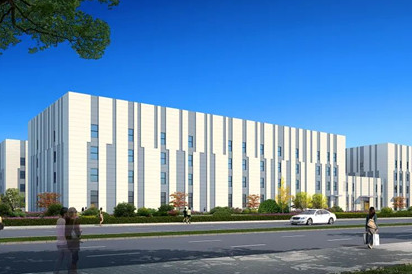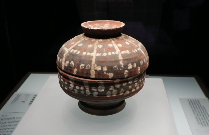Alfalfa crop brings prosperity to Taijiying village
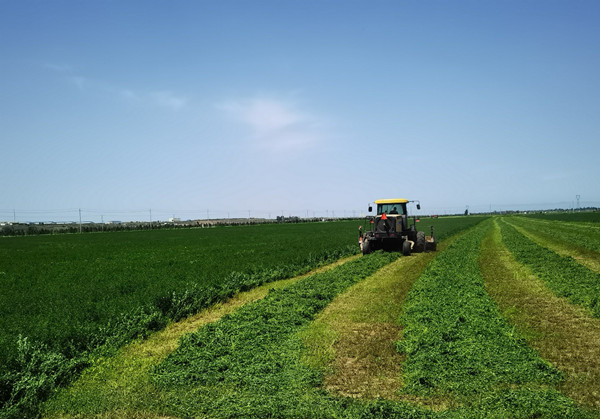
In summer, the alfalfa crop is harvested at Taijiying village. [Photo provided to chinadaily.com.cn]
Taijiying village, located in the Horinger New Area in Hohhot – capital city of North China's Inner Mongolia autonomous region – has extensively implemented its rural vitalization strategy and has started to intensively cultivate alfalfa, in an initiative that takes advantage of ideal local conditions for the crop.
Alfalfa is a plant that is high in vitamins and minerals. People commonly eat it as a sprouted green or use it as a garnish. It is also most commonly grown as food for livestock animals.
In China, industrial prosperity is the focus of rural revitalization and in 2018, Taijiying village transferred 2,516 mu (168 hectares) of land over to the cultivation of alfalfa and at the same time integrated 775 mu of abandoned and idle vacant land, totaling 3,291 mu.
In 2019, after being organized by the Horinger county government, the area under alfalfa cultivation expanded to 2,800 mu of land in Taijiying village.
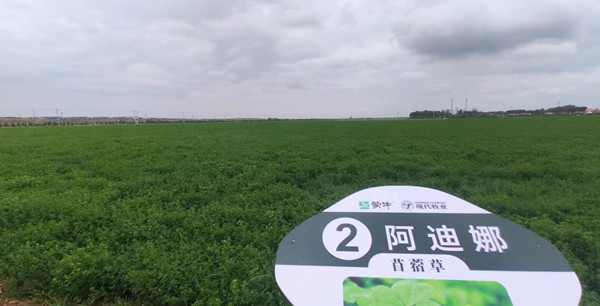
A field full of alfalfa in Taijiying village [Photo provided to chinadaily.com.cn]
At that time, the contracting fee to the villagers was set at 500 yuan ($74) per mu. At the same time, the village committee distributed dividends of 150 yuan per mu to the villagers, who in the end actually received a contracting fee of 650 yuan per mu.
This year the village collective dividend was set at 200 yuan per mu and the villagers' contracting fee actually received was 1,200 yuan per mu.
In order to improve its appearance, Taijiying has planted about 25,000 pine trees, installed seven garbage disposal points and erected a 220-square-meter pollution-free incineration garbage station.
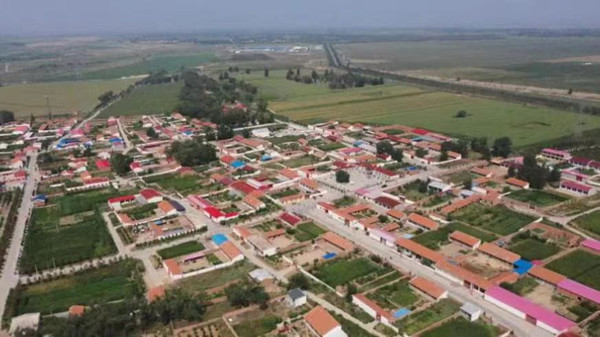
Things are looking up in Taijiying thanks to alfalfa. An aerial view of the village in Hohhot. [Photo provided to chinadaily.com.cn]






